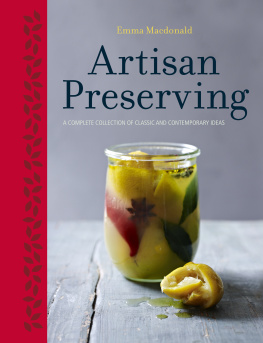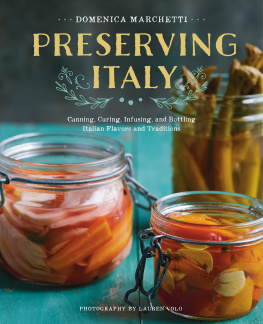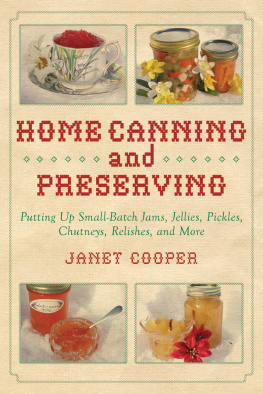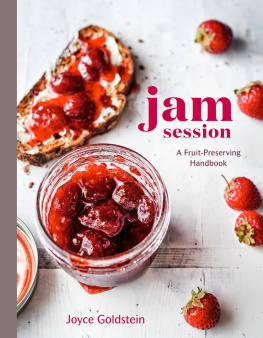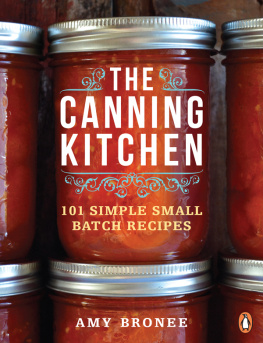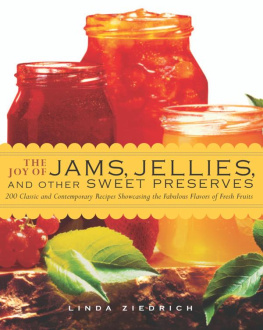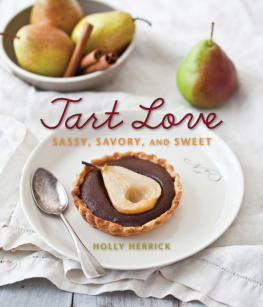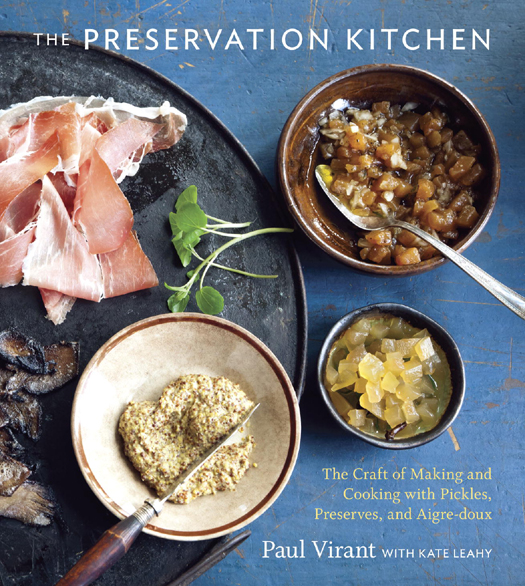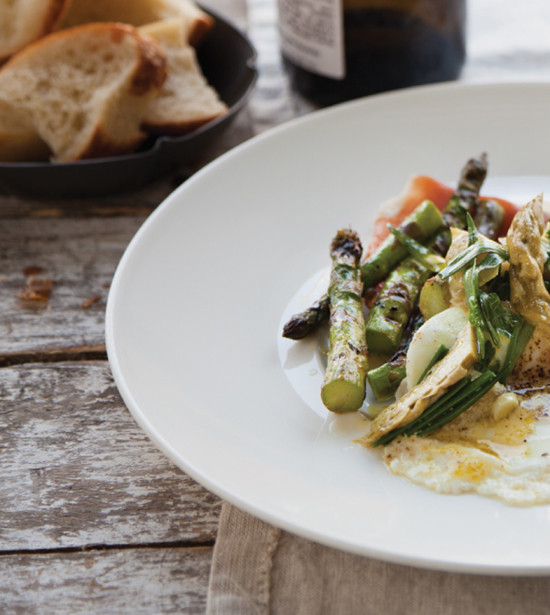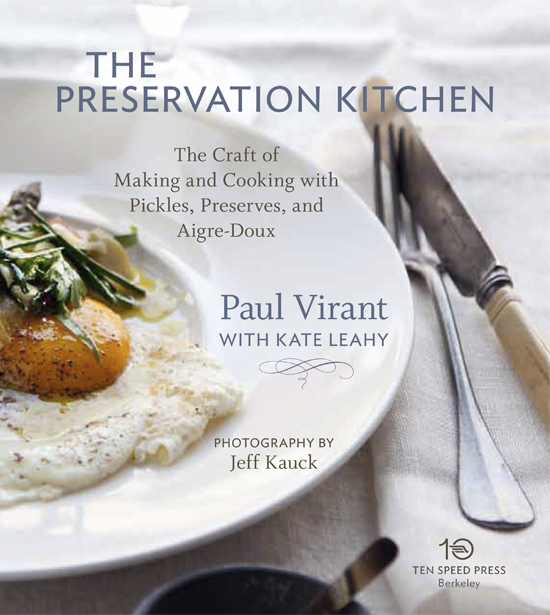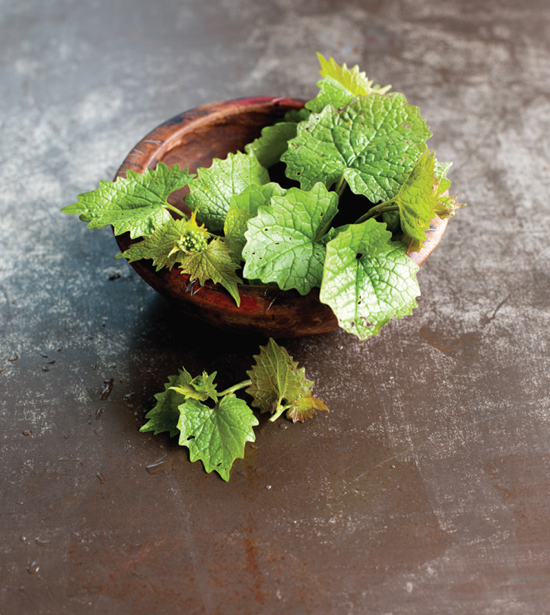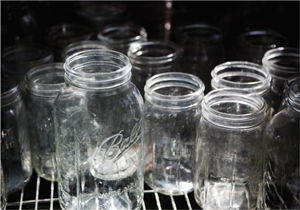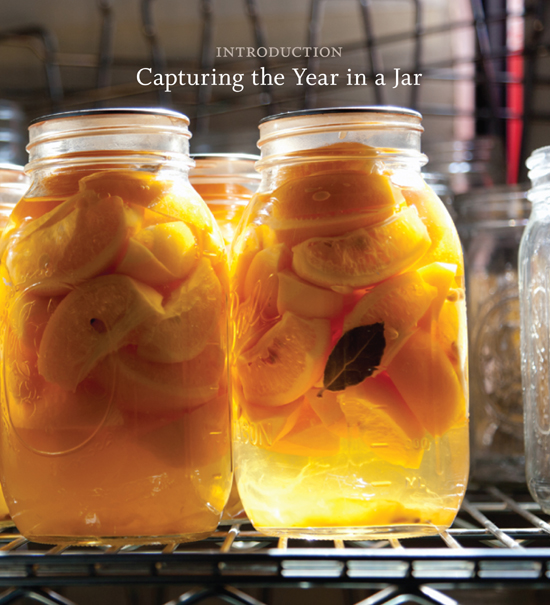Paul Virant - A Chefs Year of Preserving: The Craft of Making Sweet and Savory Preserves—and 100 Ways to Cook with Them
Here you can read online Paul Virant - A Chefs Year of Preserving: The Craft of Making Sweet and Savory Preserves—and 100 Ways to Cook with Them full text of the book (entire story) in english for free. Download pdf and epub, get meaning, cover and reviews about this ebook. year: 2012, publisher: Clarkson Potter/Ten Speed, genre: Home and family. Description of the work, (preface) as well as reviews are available. Best literature library LitArk.com created for fans of good reading and offers a wide selection of genres:
Romance novel
Science fiction
Adventure
Detective
Science
History
Home and family
Prose
Art
Politics
Computer
Non-fiction
Religion
Business
Children
Humor
Choose a favorite category and find really read worthwhile books. Enjoy immersion in the world of imagination, feel the emotions of the characters or learn something new for yourself, make an fascinating discovery.

- Book:A Chefs Year of Preserving: The Craft of Making Sweet and Savory Preserves—and 100 Ways to Cook with Them
- Author:
- Publisher:Clarkson Potter/Ten Speed
- Genre:
- Year:2012
- Rating:3 / 5
- Favourites:Add to favourites
- Your mark:
A Chefs Year of Preserving: The Craft of Making Sweet and Savory Preserves—and 100 Ways to Cook with Them: summary, description and annotation
We offer to read an annotation, description, summary or preface (depends on what the author of the book "A Chefs Year of Preserving: The Craft of Making Sweet and Savory Preserves—and 100 Ways to Cook with Them" wrote himself). If you haven't found the necessary information about the book — write in the comments, we will try to find it.
Pairing science with art, Paul Virant presents expert preserving techniques, sophisticated recipes, and seasonal menus inspired by the award-winning fare at his restaurant, Vie, in Western Springs, Illinois. Imaginative tangy jams, brandied fruits, zesty relishes, cured meats, and sweet and savory conserves are the focus of the first half of this book, while seasonal menus pairing these preserves with everything from salads and cocktails to poached fish and braised meat compose the second. Brandied Cherries used in Cherry Clafoutis, or as a garnish for the Beer-Jam Manhattan, are a sweet reminder of the summer harvest. And the Chicken Fried Steak with Smoked Spring Onion Relish anticipates warmer days when youre still deep in winter.
Alongside recipes and menus, Virant draws on his extensive technical knowledge and experience to provide detailed and comprehensive guidelines for safe canning practices, testing pH, pressure canning, water bath processing, and storing. But no matter how precise the science, Virant never forgets the art in each handcrafted preserve and thoughtfully developed recipe. His unique approach re-imagines seasonal eating by harmonizing opposite or unusual partnerships: the brightness of summer fruit may be tempered with the earthiness of meats and winter produce, or the delicacy of spring vegetables might be enriched by the robust herbs and spices more typical of fall. The Preservation Kitchen not only demonstrates and instructs, it encourages and explores the limitless possibilities of capturing the seasons in a jar.
Paul Virant: author's other books
Who wrote A Chefs Year of Preserving: The Craft of Making Sweet and Savory Preserves—and 100 Ways to Cook with Them? Find out the surname, the name of the author of the book and a list of all author's works by series.


